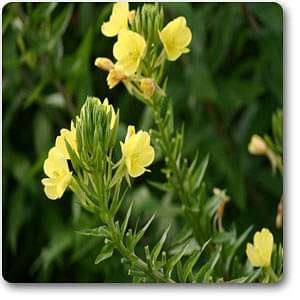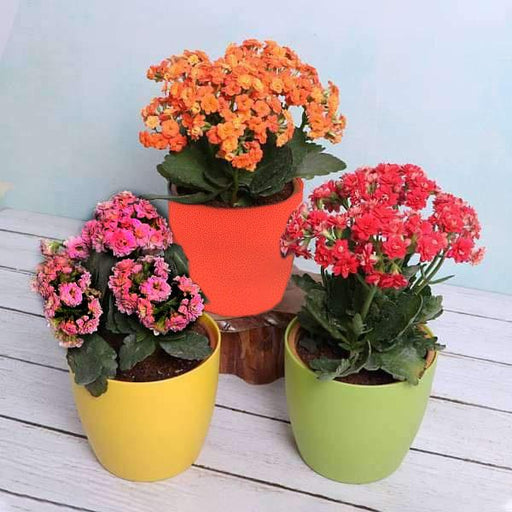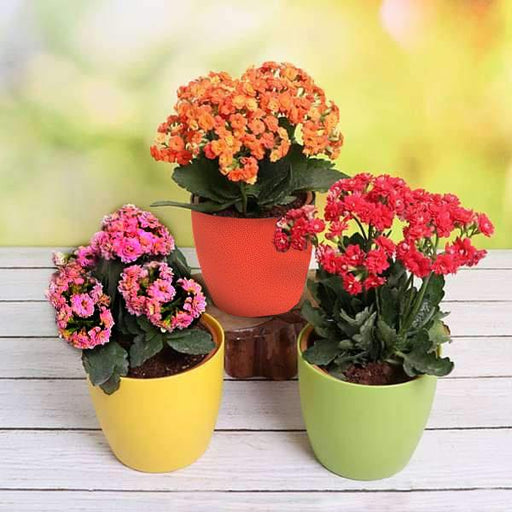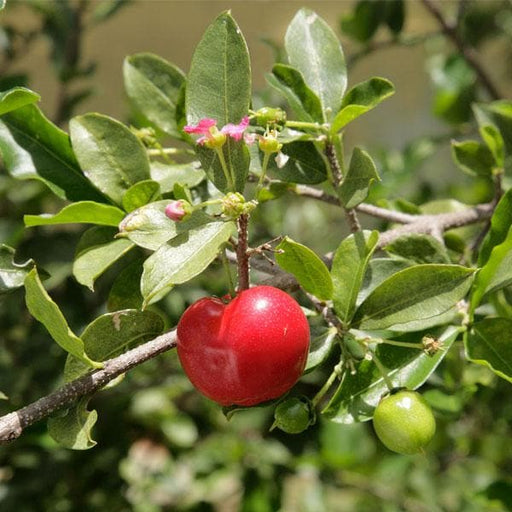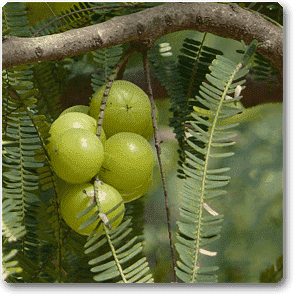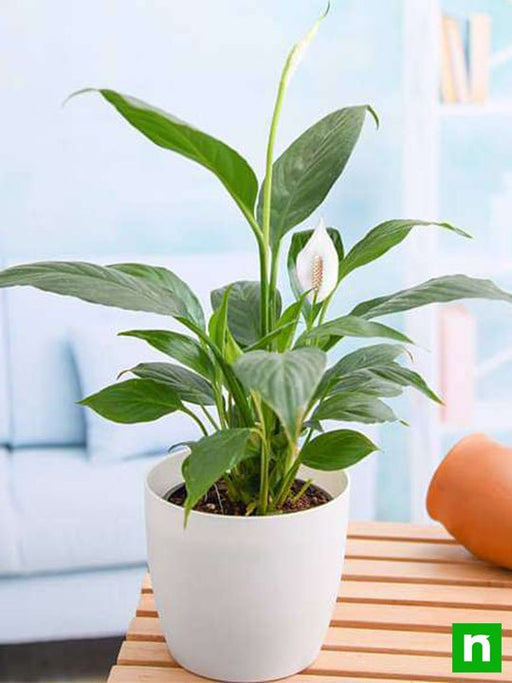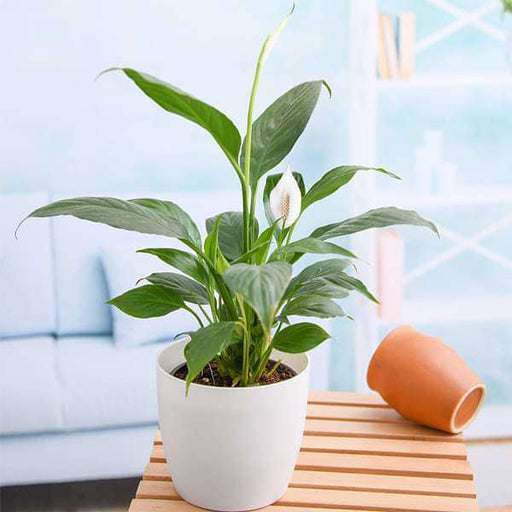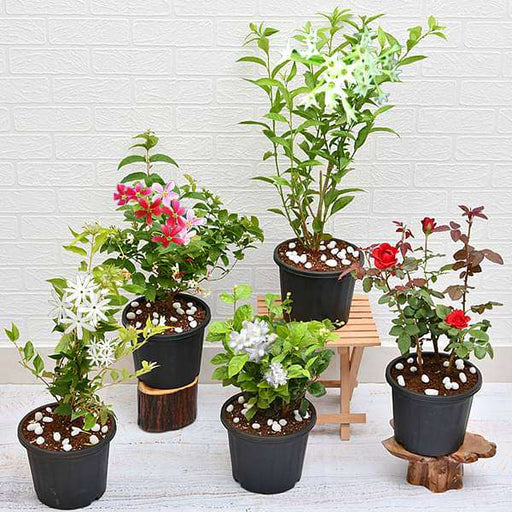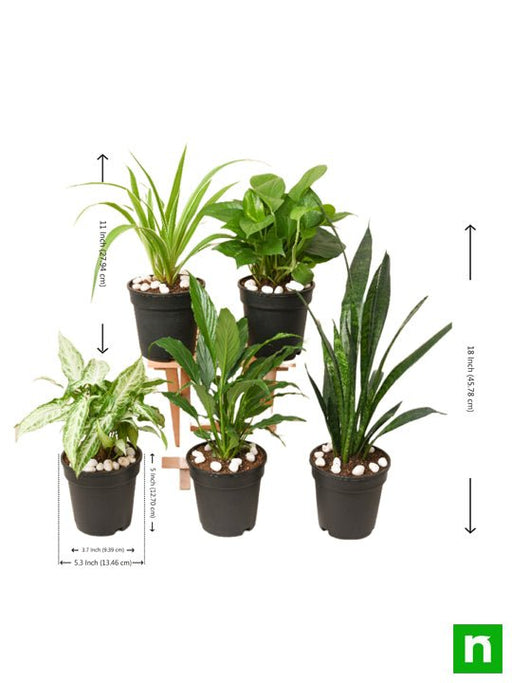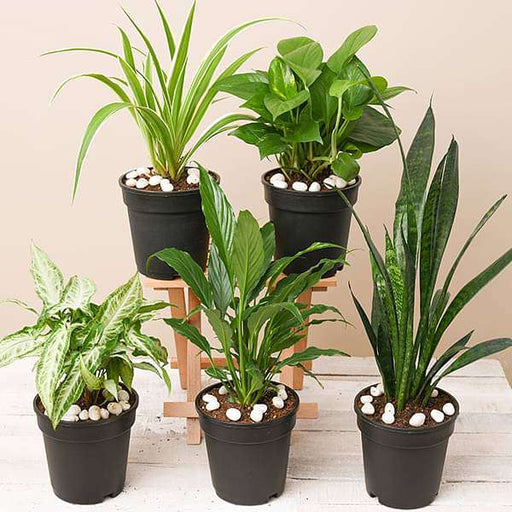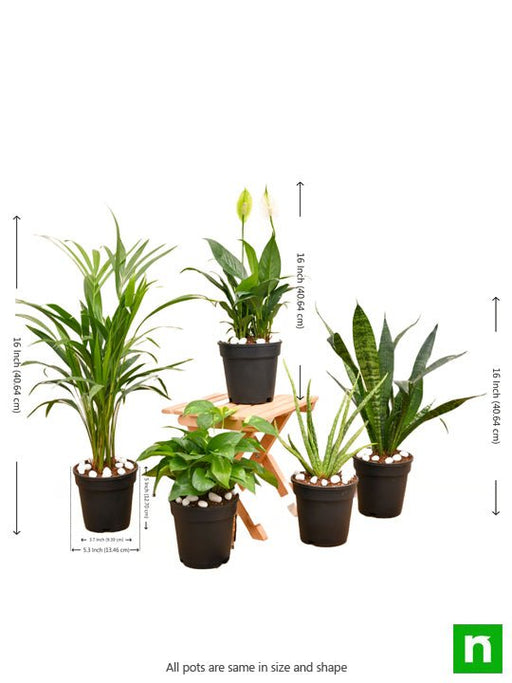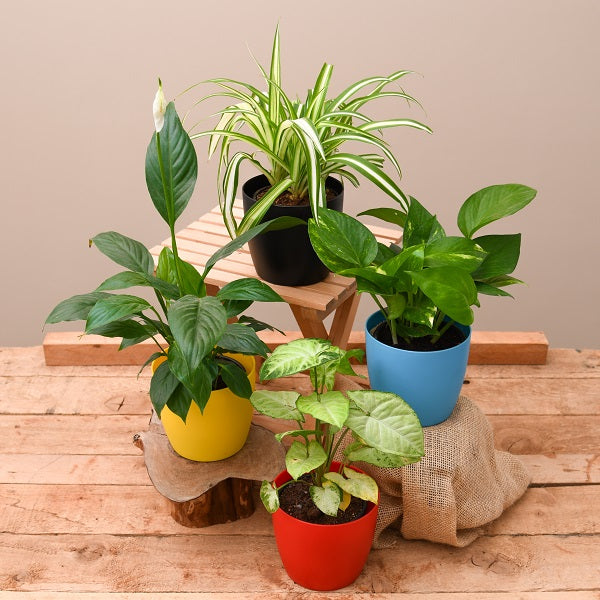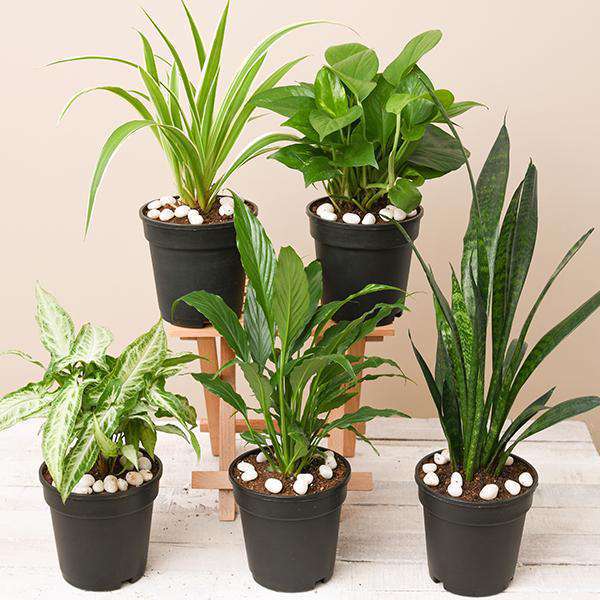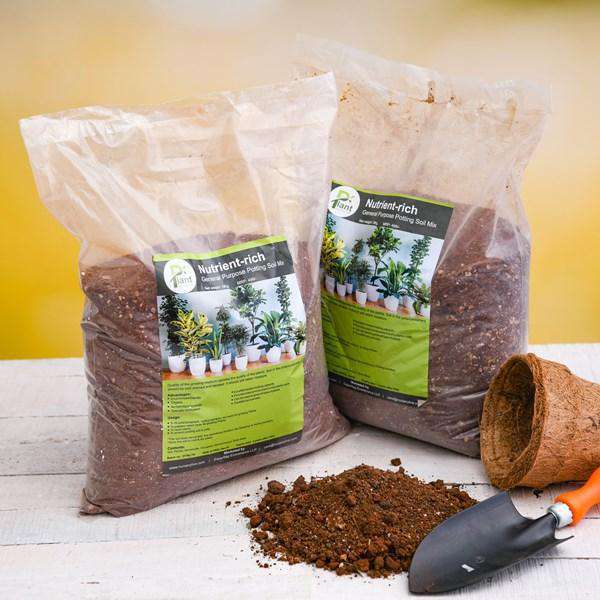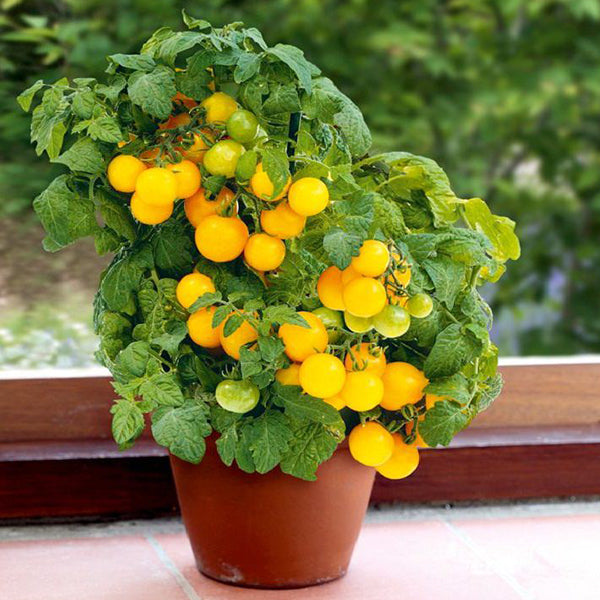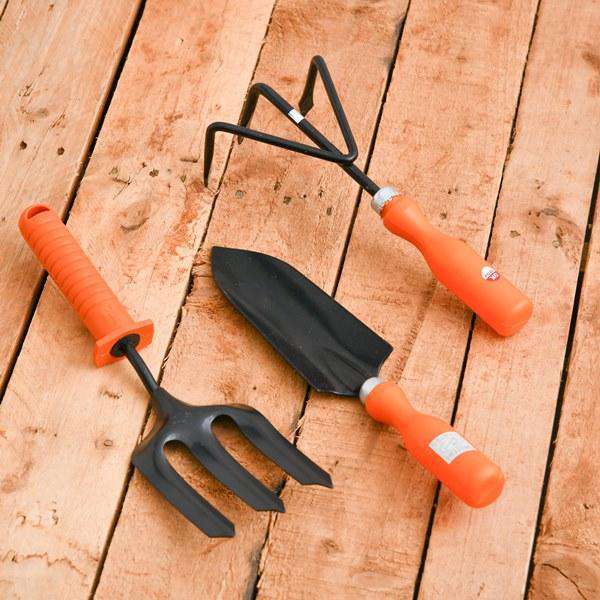Description
Yellow evening primrose (Oenothera biennis L) is a sweet little wildflower. Though it is a wildflower, the evening primrose plant is as likely to be scorned as a weed as it is to be welcomed into the flower bed.
Oenothera biennis provides a wonderful splash of summer colour in the garden. Flowering begins in June and plants continue growing throughout the season so there is a constant succession until about September.
Commonly known as Evening Primrose, in early summer the sweetly scented, bright yellow flowers open towards evening and are faintly phosphorescent. This introduced and widespread naturalised, although apparently decreasing wild flower, has a bright nectar guide pattern, invisible in visible light, but apparent under ultraviolet light, which assists pollination by moths, butterflies and bees. The fragrant flowers are mostly fertilised by twilight-flying pollinating insects, along with moths and bats. Later in the season the flowers open all day but not have a scent until the evening. The seeds are also a good food source for birds.
Plant Specifications
*above specification are indicative only. actual dimensions may vary by +-10%
| Common Name |
evening primrose, suncups, and sundrops |
| Maximum Reachable Height |
Height:Under 6 inches to 3 feetWidth:8-24 inches wide |
| Flower Colour |
white, yellow or pink flowers |
| Bloom Time |
over a long period in summer |
| Difficulty Level |
Easy |
Planting and care
No care or maintenance is needed once plants are growing just cut down the stems at the end of the flowering period. Plant may reseed themselves but need to be in areas where they are not disturbed to develop for the following year.If intending to allow reseeding be aware of the rosettes and don t weed out.If mowing keep blade high to miss the low growing rosette.
Evening Primrose care
Growing primrose is easy, as these plants are quite hardy and adaptable. You can find primrose perennials at most garden centers and nurseries. Look for primroses that are healthy in appearance, preferably with unopened buds.
Primroses can also be grown from seeds with an equal mixture of soil, sand and peat moss. This can be done indoors or out depending on the time of year and the climate in your area. Generally, seeds are sown indoors (outdoors in cold frame) during winter. Once seedlings have obtained their second or third leaves, they can be transplanted into the garden.
Cuttings can also be taken from some varieties during summer.
| Sunlight |
Full sun |
| Watering |
Keep lightly moist and well drained water conditions. Water in well until plants have established then they can be ignored. |
| Soil |
moderately fertile, well-drained Loam, Sand soil with pH : Neutral, Acid, Alkaline |
| Temperature |
18 to 37C |
| Fertilizer |
appreciates light applications of organic fertilizer throughout the growing season |
Evening Primrose uses
Medicinal Use:
- Herbalists consider the leaves together with the stem bark, flowers and seed oil to be the valuable parts
- They have been used in the treatment of gastro-intestinal disorders, whooping cough and asthma
- A tea made from the roots is also used in the treatment of obesity
- Many modern herbalists use an extract in cough remedies
- Culpeper said as fine a salve to heal wounds as any that I know
- The herb was not examined closely until 1919, when the gamma linolenic acid (GLA) content was reported in Germany
- Nowadays Evening Primrose Oil is extracted from the seeds, which contain two essential fatty acids: gamma-linolenic acid (GLA) a rare essential fatty acid that the body does not manufacture and the relatively common linoleic acid (LA)
- Both GLA and LA are said to aid in the reduction of pain and inflammation
- Taken internally, the oil is said to have an effect in lowering blood pressure and in preventing the clumping of platelets, it has been recommended in treating cirrhosis of the liver and is most commonly taken for premenstrual problems
Culinary Use:
- Every part of this plant can be used
- The leaves can be cooked and eaten as greens
- The roots are edible if collected during the first year before the plant blooms
- They can be boiled like potatoes and allegedly taste like sweet parsnips
- The flowers are sweet and can be used in salads or as a pretty garnish
- The young seed-pods can be steamed and the ripe seeds can be roasted in an oven and used on bread or in salads
- You can also sprinkle the roasted seeds over any dish like pepper
